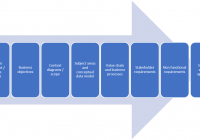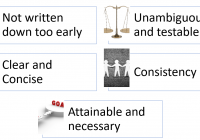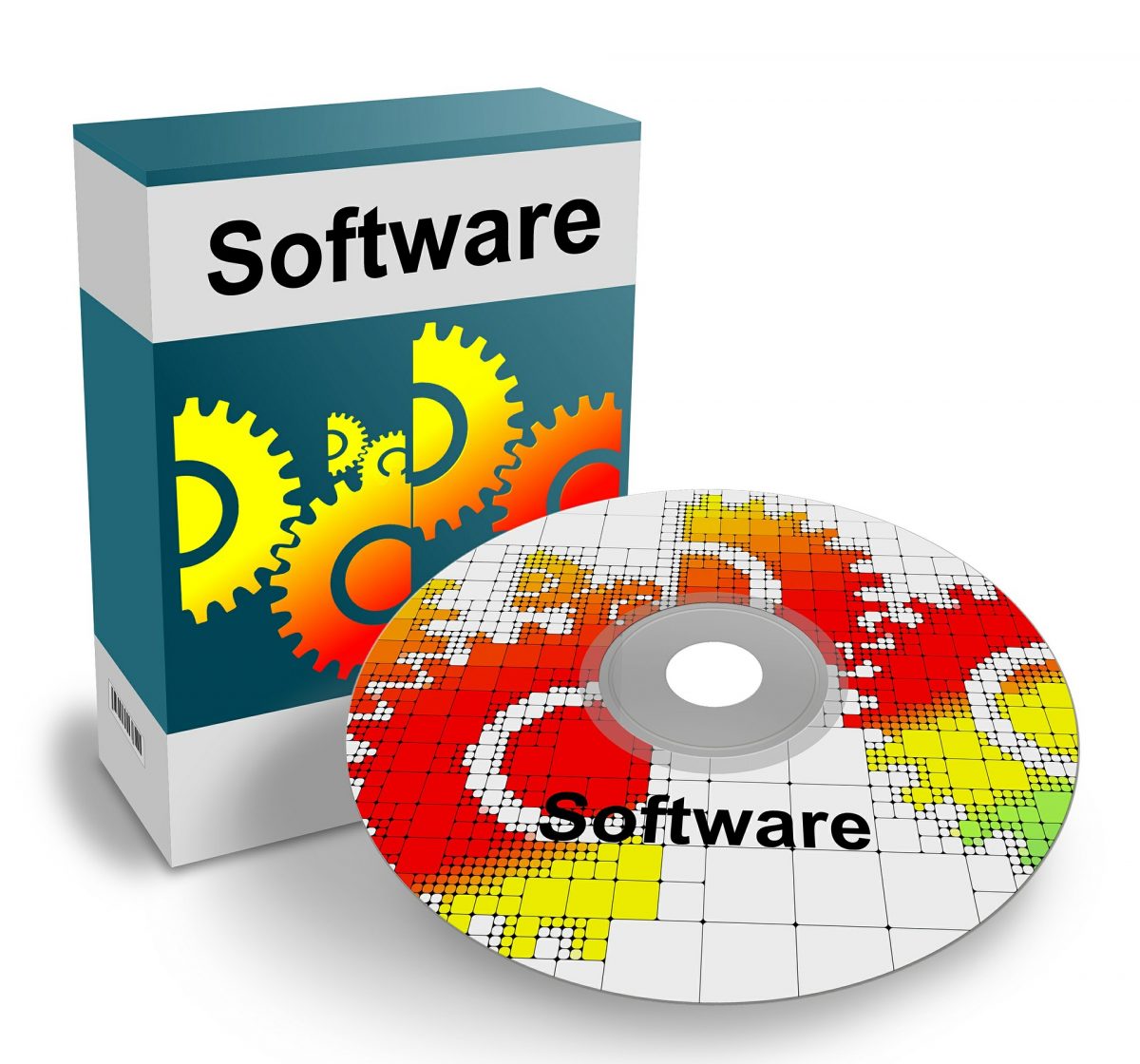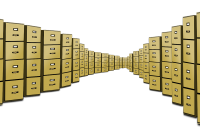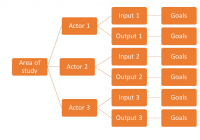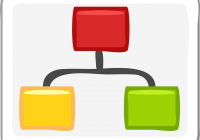Analysis approach for large complicated data centric projects
Introduction There are some projects where data may play an important part and hence the elicitation of data requirements and understanding the techniques to use as a result are necessary. This article aims to cover these techniques and to provide a guide of how to use them. Examples of data centric projects could include: Bringing data together into… Read More »

